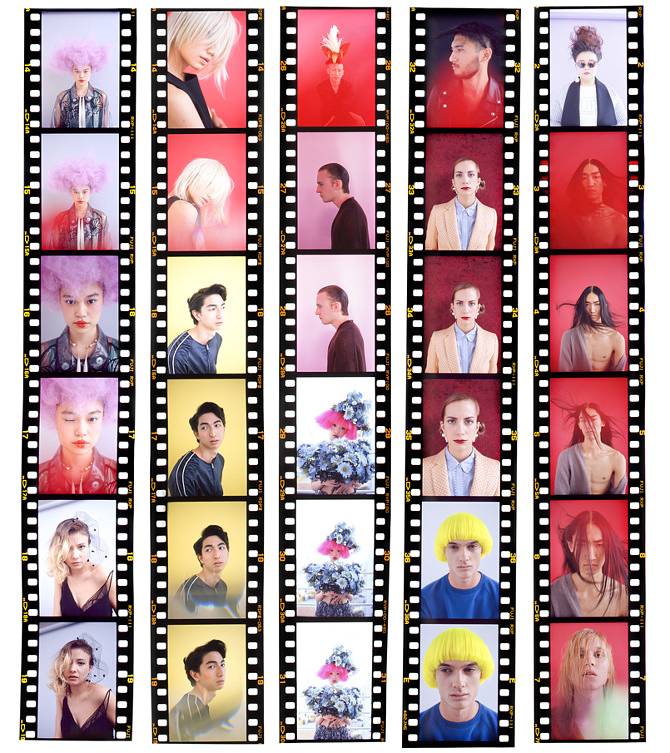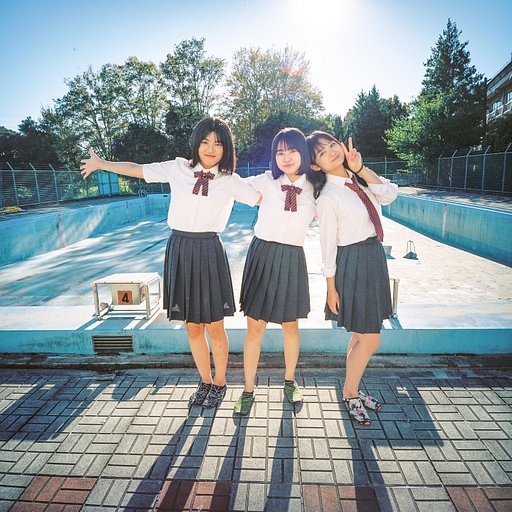Gui Martinez: Reversal Memories
13 Share TweetLomography is proud to be introducing you to one of our newest featured artists, commercial film photographer Gui Martinez!

When looking at work like Gui's photographs, one cannot help but be stuck by the vibrant color palate produced by his masterful control over slide "reversal" film. We got a chance to catch up with him between traveling assignments to show our Lomography community a bit more about his process.

Welcome, Gui! If you could, please introduce yourself to the Lomography community.
Hello, my name is Gui Martinez. I'm based in Tokyo, Japan.
With such a wide variety of work, how do you maintain consistency in your visual expression?
I think the consistency in my work comes from the fact that I know very well what I like and dislike in photography, what I'm best at as well as my limitations. The more you shoot the more you understand your own photography and it's important to respect this knowledge and apply it back into your work.
Do you think you have a particular style, or is that even something that you search for?
Yes, I do. But it's more about the colors, lighting, textures, and energy than anything else. My subjects change a lot, even though there is almost always a human element to it.

Why do you shoot film?
Besides my preference for its colors, texture and overall look, I think the process of shooting film keeps me closer to my work. I also think some of the qualities of film, such as less sharpness, the way light exposes on film, imperfections, etc. cause the image to look more natural, more like how we actually see things and I find this makes the image/subject a lot easier to relate to.
You seem to have a preference for slide film, can you explain why that is? Do you have a favorite E-6 film?
I just really love the colors you get from reversal film. My work can be very colorful too and I think reversal film really hits the spot. I also shoot negative film, which has another beauty of its own.
Reversal film is much less forgiving of exposure than Color Negative or Black & White. Do you have any tips or suggestions to give to the Lomography community?
That is correct. You need to understand very well how light metering works. I don't only mean measuring the light correctly but also understand what this lack of flexibility in exposure can do to your slide film. I think that if you aren't interested in the deeper process of photography, light metering and certain technical parts of shooting then it might be best to stay with negative film. I don't think there is any problem just wanting to pick up a camera and shooting without learning too much about it but reversal film might really get you frustrated with your results, especially if you can't or don't know how to manually set up your camera.
Your work seems to be mostly for editorial use, but when observing your work one would fail to see any advertising elements in the shoots. Can you describe your process for finding publications or projects that are open to letting you work on your own terms?
I actually shoot for a variety of clients and themes. I don't necessarily publish all of it on my website/Instagram. But you are right, there aren't many advertising elements in my shoots. This is something that I think can also look vulgar at times. And a lot of the brands and clients I work with agree with this.
The client is behind an image that's beautiful and passes on the mood/energy of their brand, and that subtlety is often more appealing to them.
With that in mind, and a drive to constantly evolve my skills and the quality of my work, I've managed to have a constant flow of demand from clients that share my same vision of art, beauty and photography.

Be sure to check out Gui's work via his website and check him out on Instagram!
All work used with artist's permission.
Interview by Devin Blaskovich
2017-03-20 blaskovichs の記事






















コメントはまだありません